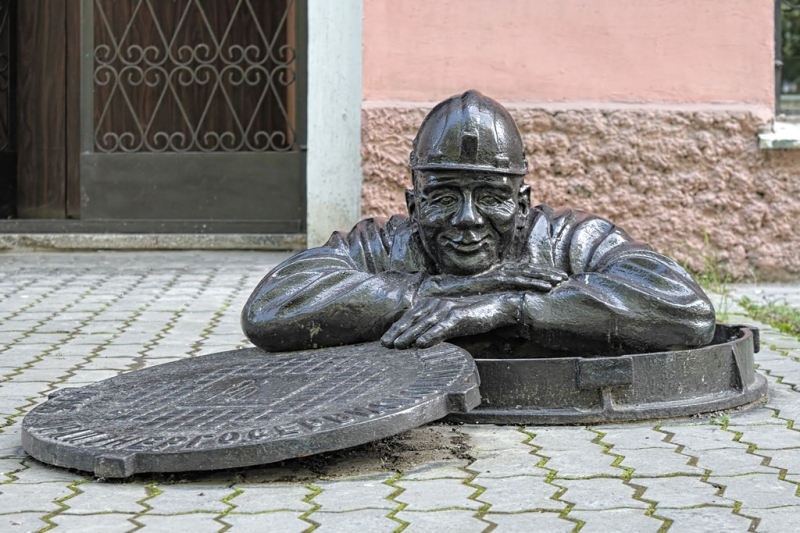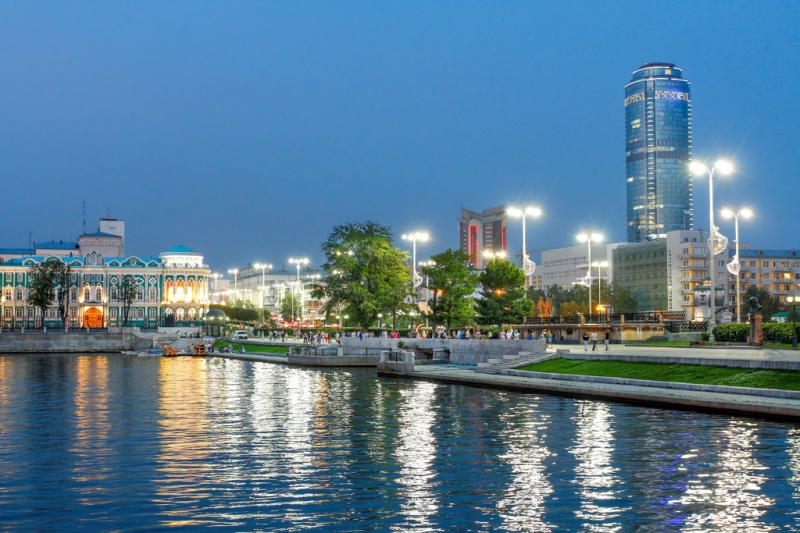
Ekaterinburg is mainly known as the place where the royal family was executed and as the capital of Russian constructivism. Thanks to the first circumstance, mainly pilgrims flock here, while the second attracts students from architectural universities. However, recently there have been more reasons to come to Yekaterinburg, primarily because of the cultural component.
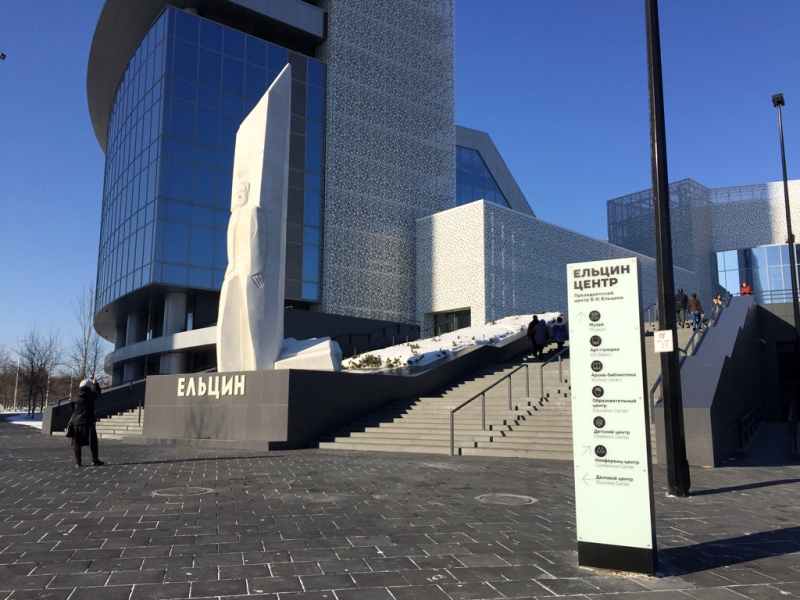
“Yeltsin Center”
The most significant event of last fall was the opening of the Yeltsin Center, which now, after almost six months of its operation, still attracts crowds of citizens.
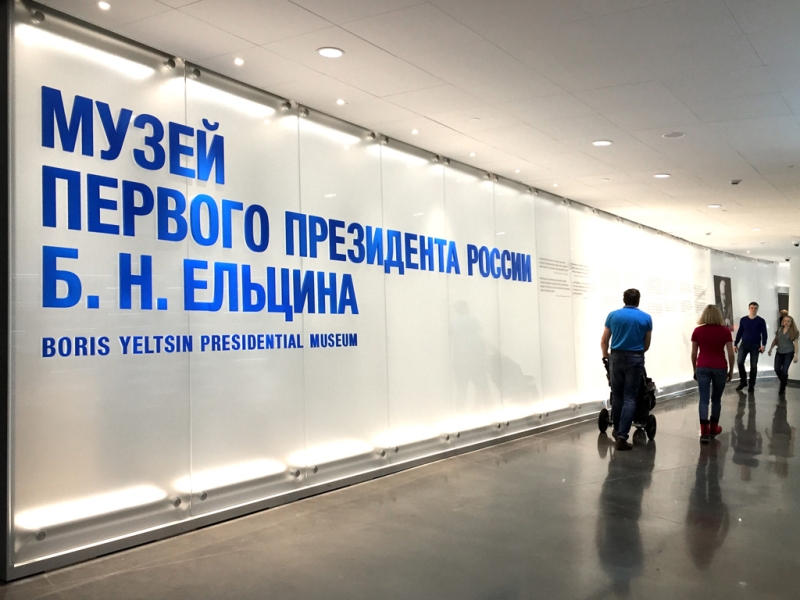
The basis of the Center is the museum itself, dedicated to the first president of Russia. The museum space is organized according to the principle “7 days – 7 milestones in life” by Boris Yeltsin.
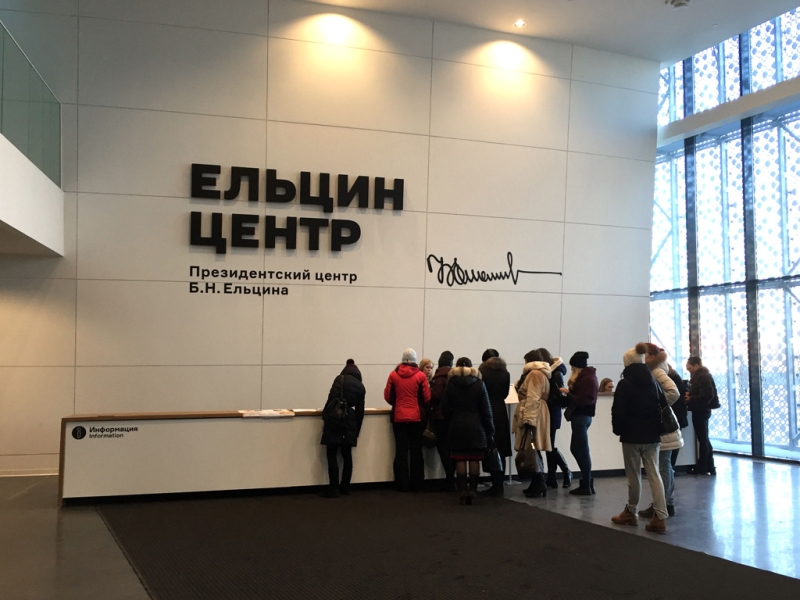
The main feature of the local exhibition is its multimedia nature: visitors can, for example, sit behind the wheel of a trolleybus from the 90s or record an audio message to friends in the radio room, exactly the same as the one where Yeltsin recorded his messages to the people. The culmination of the exhibition is the presidential office completely moved from the Kremlin. You still won’t be able to sit in a chair here, but on the way out you can take a selfie with a bronze copy of Boris Nikolaevich.
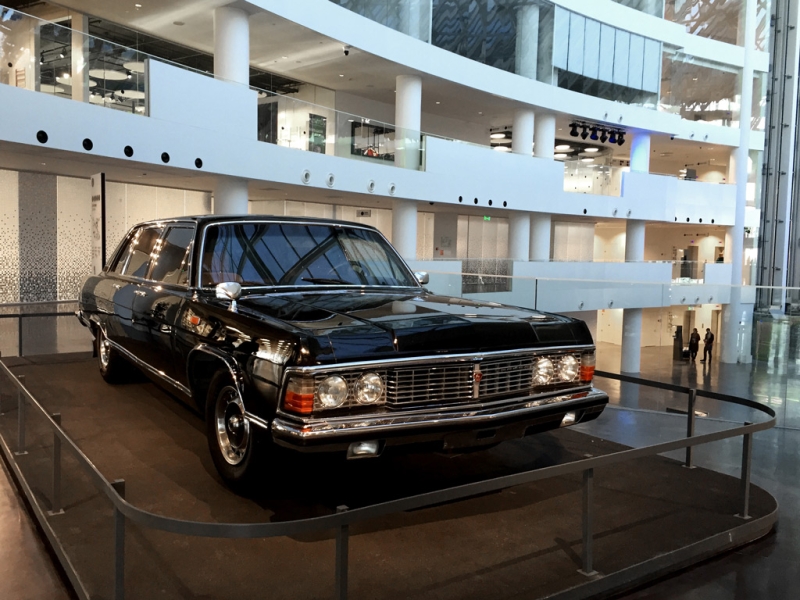
You should leave at least half a day for a visit to the Yeltsin Center: in addition to the “presidential” exposition, there is an art gallery, the Piotrovsky bookstore and the 1991 restaurant, where they prepare bird cherry cake and cottage cheese cookies according to recipes Naina Iosifovna.
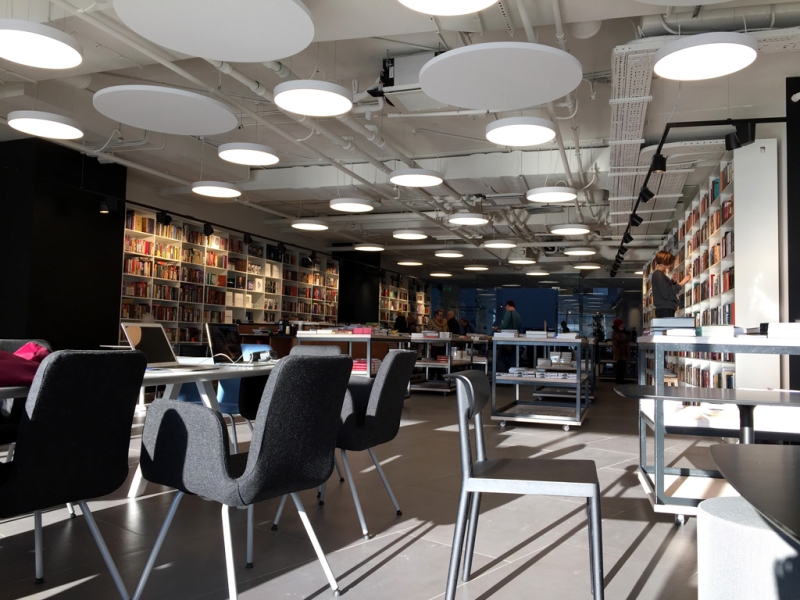
Walking
If you find yourself in Yekaterinburg on a fine day, plan your route around the city from the Yeltsin Center through the Drama Theater and further along the Iset River embankment. In summer, the square in front of the theater becomes a real “place of power”: here young mothers walk with strollers, skaters ride and health-conscious residents of the surrounding houses jog. In the evenings, everyone can join the dance club, which “rocks” right next to the water to the rhythms of bachata. However, even if the weather is unlucky, you can admire the panorama of the other shore for a while. The view opens to the Church on the Blood, built on the site of the execution of the royal family, and to the Dynamo stadium, one of the key monuments of constructivism.
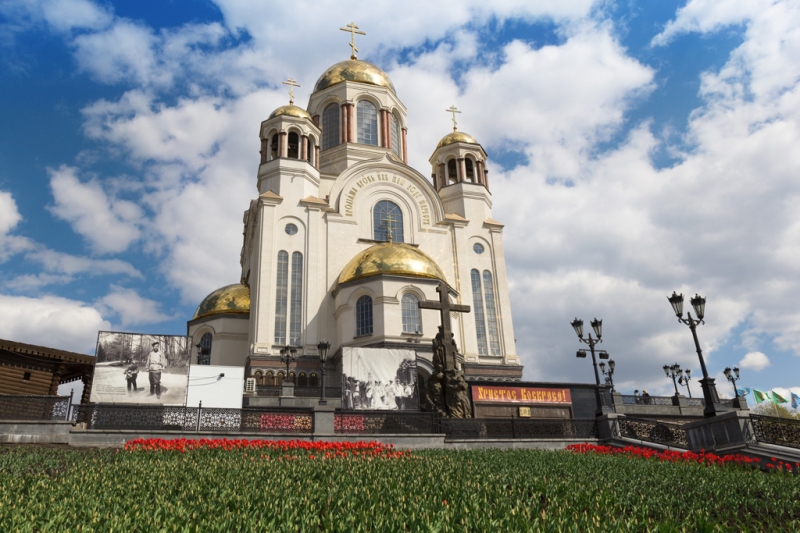
In Yekaterinburg, like in any Russian city, there is Lenin Street. From the embankment from the Drama Theater you can go right to it and walk along this street to another example of constructivism mentioned in all guidebooks – the Iset Hotel. The building itself was built in the 30s of the 20th century as a dormitory for the families of NKVD officers. Recently, the hotel was closed for renovations, and in the fall of 2015 it hosted the 3rd Industrial Biennale of Contemporary Art: each room was allocated to one artist. Dramatic changes also occurred on the first floor of Iset: previously there was the legendary restaurant “Ural Dumplings”, which after reconstruction became the “Factory Kitchen”; the interior has changed, but the variety of dumplings on the menu remains the same
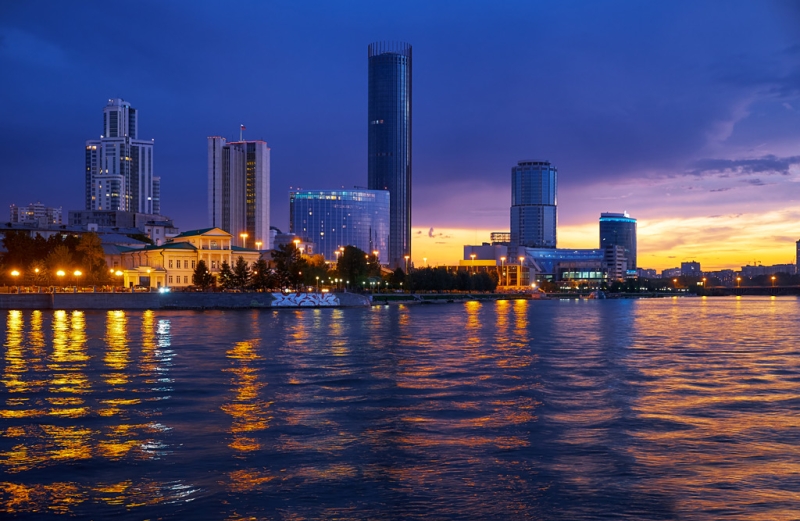
Another example of filling an old space with the spirit of a new time is the former printing house “Ural Worker”, and now the “House of Printing”; outside – authentic brick walls, inside – modern fashionable furniture. Events here range from rock concerts and techno parties to classical music evenings. Across the street from the House of Printing is the Opera and Ballet Theater, from whose stage classics, of course, can be heard much more often. With the advent of the new artistic director Vyacheslav Samodurov, who skillfully interprets traditional productions, people started talking about the theater outside the Urals. Leaving one evening free to attend Samodurov’s new ballet “Romeo and Juliet” is a mandatory item in the program of a tourist who is partial to modern productions.
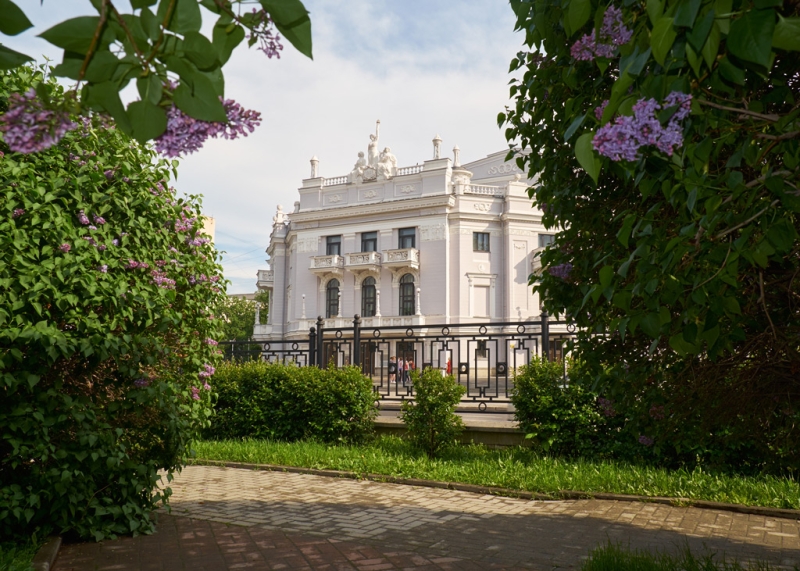
And about high
To finally earn Stendhal syndrome, the cultural program can be continued at the Museum of Fine Arts. Among other exhibits, it contains the Kasli cast-iron pavilion of 1899, made for the opening of the World Art and Industrial Exhibition in Paris (the one for which the Eiffel Tower was built). The openwork pavilion was awarded the highest award and went home with honor to please the eyes of the Ural residents. Also in the Museum of Fine Arts there are many other historical exhibits, but for contemporary art you need to go to the Ural Vision Gallery and the street art gallery “Sweater”.
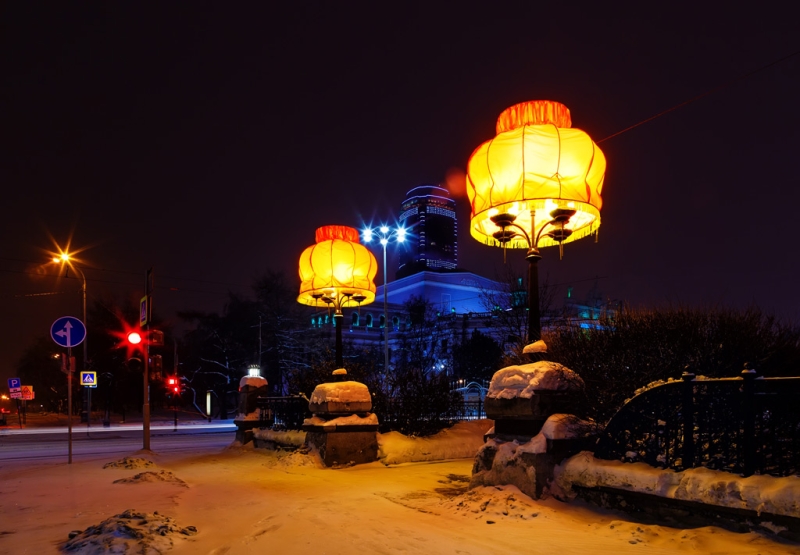
The ironic expression “culture is rushing” refers to Yekaterinburg, only in a good sense. Here they express their love for beauty even in small forms. Street artist Timofey Radya “dressed” a couple of lanterns on the city’s central avenue with lampshades, and the park around immediately became more comfortable. I would like to end the story about the city with a phrase from the same Radi, written on an empty billboard: “I would hug you, but I’m just a text.” It’s worth coming to the Urals for such a warm welcome.
